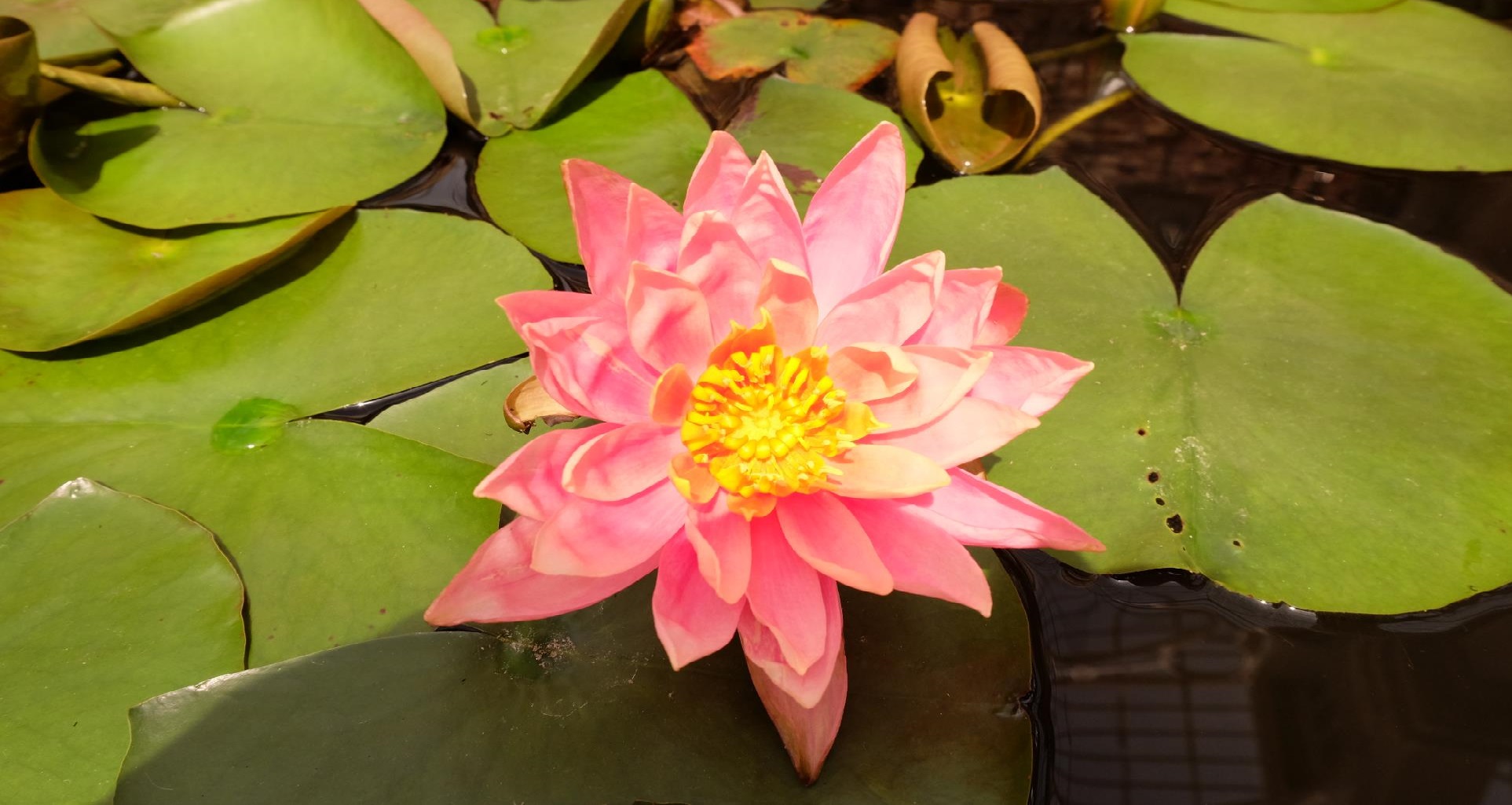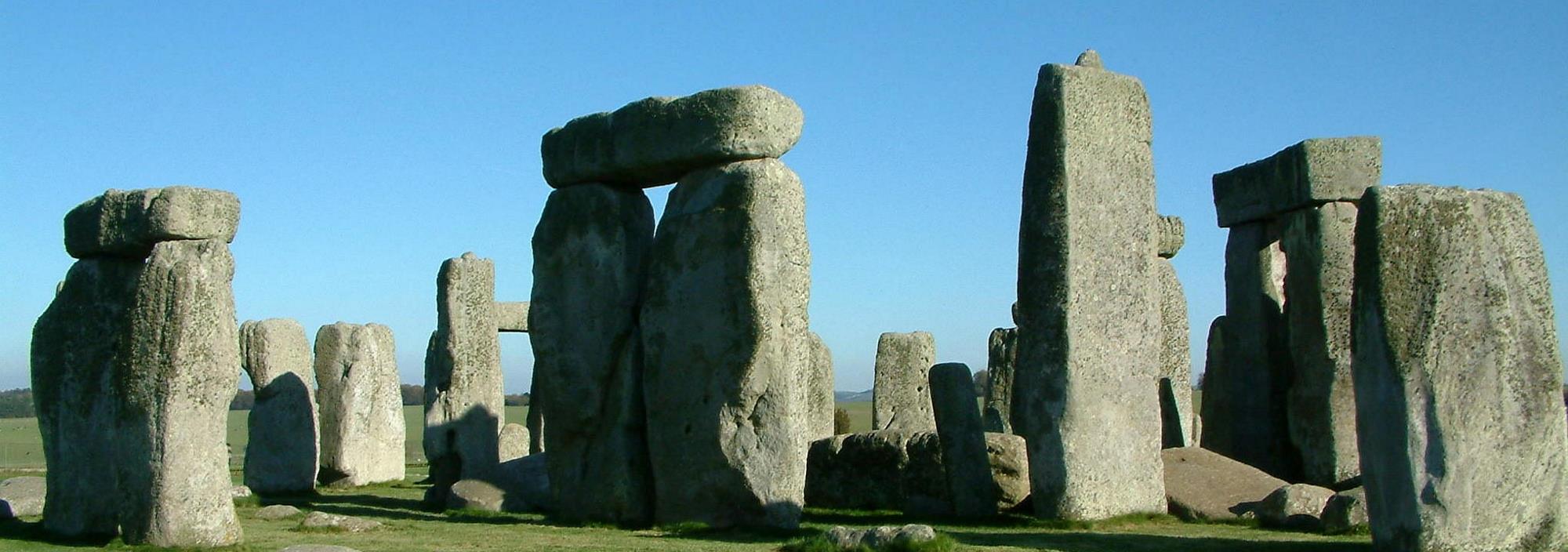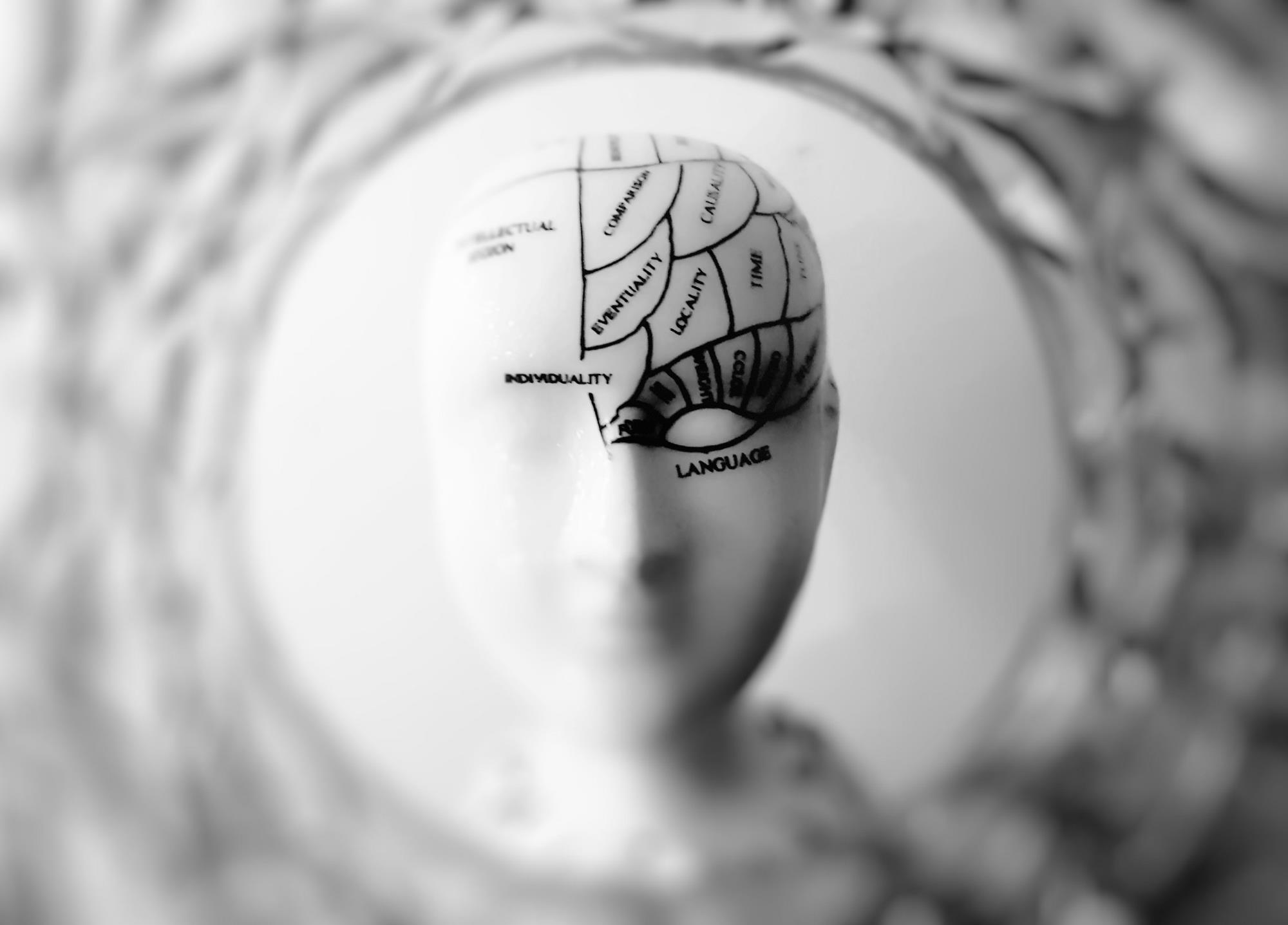According to neuroscience an optimum state of mind, is more likely to be achieved when it is both relaxed and focussed: paying attention to the present moment. This can be difficult for us when we lead busy and demanding lives, as we endeavour to make plans, meet deadlines, solve problems and make difficult decisions about the future which cannot be ignored. However, in order to generate clarity of mind we also need to take the time and space to be more mindful. This can be achieved with regular restore points throughout our day, so we can discharge the build-up of stress and anxiety. If we don’t, we are much more likely to develop symptoms of physical and mental stress.
Many people seem to tolerate overwhelming levels of stress without ever realising how much they actually contribute to it. When we ignore these symptoms we can become internally dysregulated and miss the early warning signs of emotional overload before they happen. This means creating daily routines which allow us to slow down and pay attention to our physical sensations, thoughts and emotions. Daily practice rewires the anxious brain, and deactivates the symptoms of stress, helping us to relax and focus on the present moment. Using mindfulness exercises can support our ability to self-regulate physical sensations and emotion states with mindfulness of breathing, stretching, exercising and grounding techniques that discharge the neurochemicals which cause anxiety. You need some degree of conscious effort as you improve self-awareness and make better decisions in the moment – learning to slow down and develop healthier routines which promote wellbeing. There are times when disproportionate levels of anxiety are accumulated which have been built-up over time and need to be discharged. This can be worked into a schedule of five phases throughout your day or week.
Phase 1: Slow down: find a few moments in your day to actively focus on paying attention to slowing down your breath and physical sensations. Close your eyes, sit upright and remain still for a while, simply breathing at your own pace and rhythm. Paying attention to the flow and movement of your breath as you inhale and exhale, breathing from your diaphragm. On each in-breath and out-breath focus on following the sensation and movement of your breath while incrementally slowing it down until you notice your heartbeat slowing down, becoming less agitated, your muscles relaxing and letting go of tension.
Phase 2: Being still: after slowing down your internal state of being, attempt to develop a sense of stillness, while sitting or standing motionless in a quiet place with your eyes closed. You might like to try this on a park bench, in a church, by the river or even on a busy street in rush hour. As you notice the rest of the world hurries on around you – bursting with sound, movement and sensation, close your eyes and remain as still as possible without fidgeting or giving into restlessness.
Phase 3: Being grounded: symptoms of high anxiety may sometimes trigger an absence of feeling, detachment or dissociation as you become numb or go into a trance like state. This kind of dissociation is often used as a way of disconnecting oneself from the distress and intensity of fear states. This is can leave you passive and vulnerable to being manipulated or intruded upon without asserting your boundaries or standing up for yourself. You can counteract dissociation by anchoring yourself to the ground so that you remain fully present and in contact with yourself. Stand upright with your feet spread wide apart and pressed firmly into the floor. Find your centre of gravity and drop your weight onto your hips. Stamp your feet, grip your hips and try pushing against a wall. Keeping your eyes open, look around the room, notice objects and name things out aloud. The point is to create a feeling of stability and safety without dissociating.
Phase 4: Movement: pay attention to the rhythm of your breath as you walk, run or dance. Also pay attention to the movements of your limbs, body and posture. You can vary your pace, rhythm, fluidity and balance; noticing the lightness of your limbs, elasticity, strength, stability and flexibility as you move.
Phase 5: Attention on the five senses: focus on each of your five senses by using a variety natural environments, objects and situations in which you can stimulate the five senses. Such as listen to sounds in a park; developing a keen sense of smell and taste as you carry out the rituals of food preparation and cooking; or developing your physical sensations as you face the elements on days when the weather is much more intense or changeable than usual.



